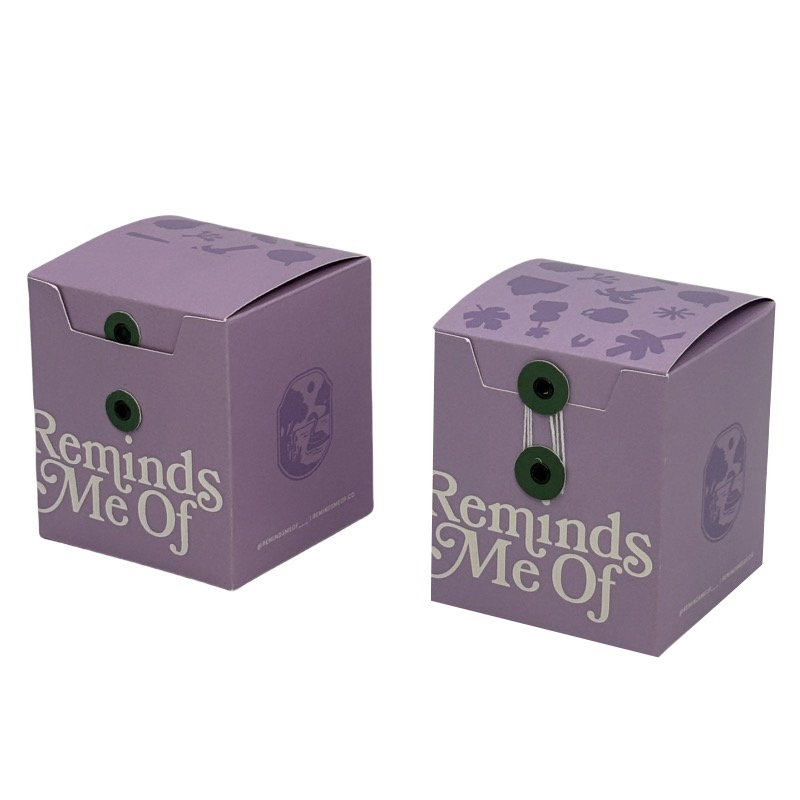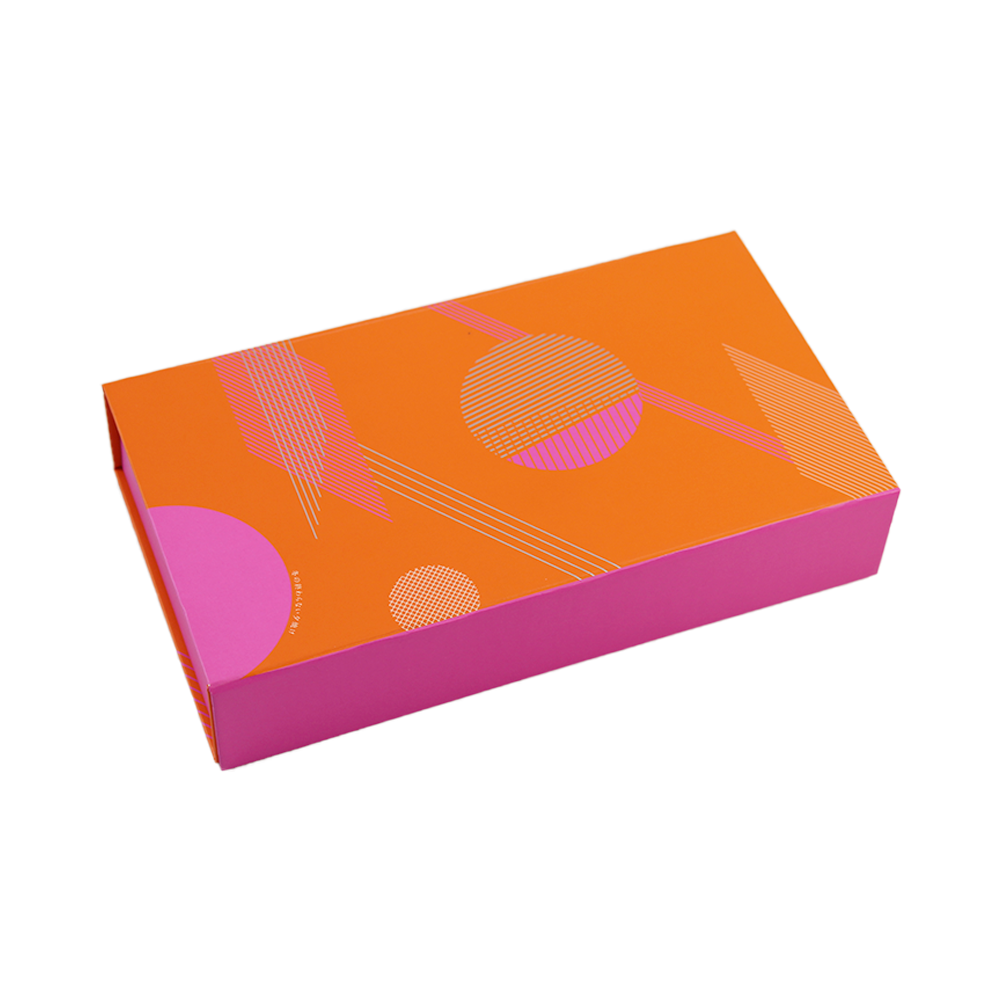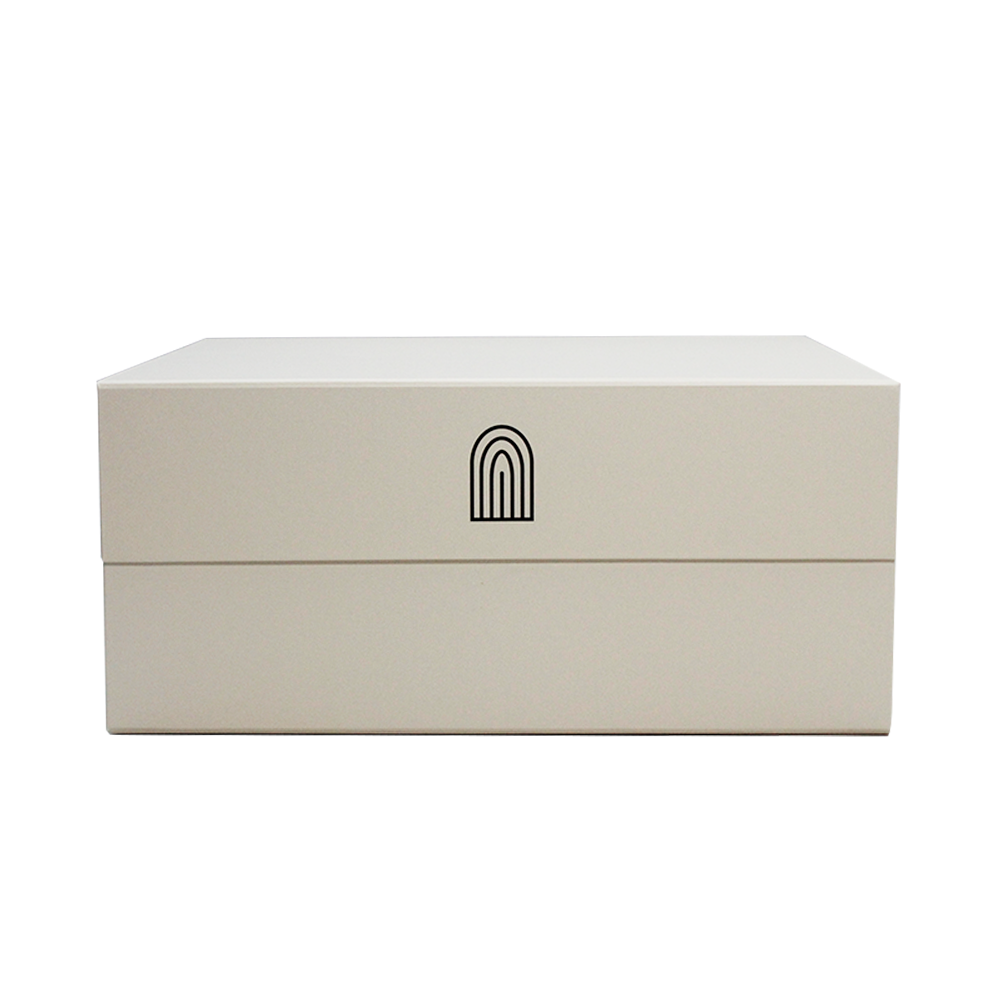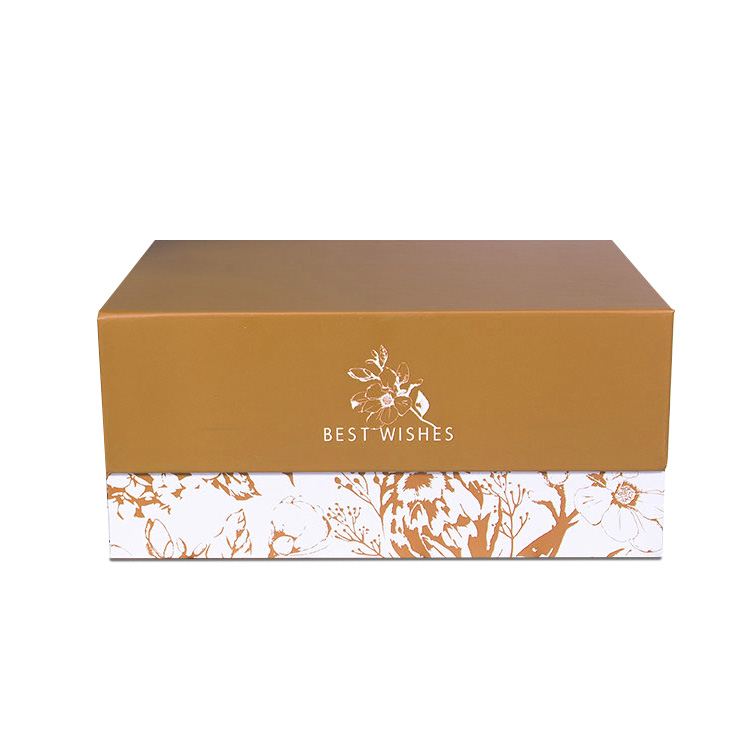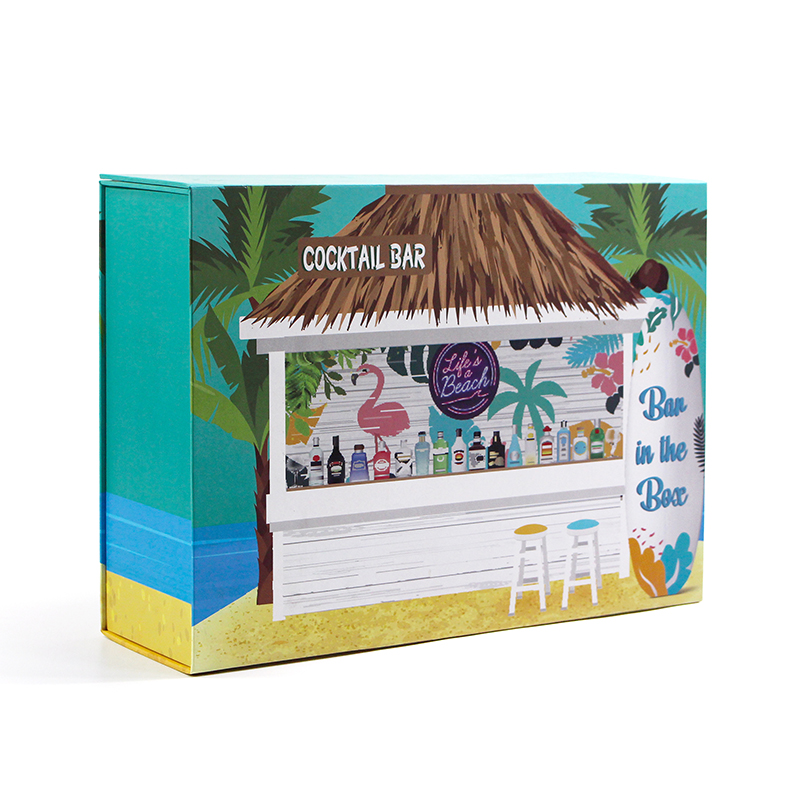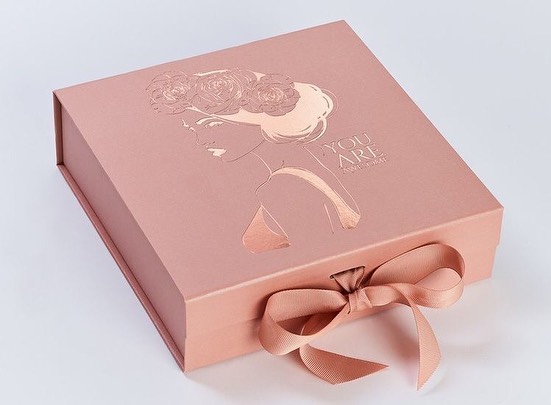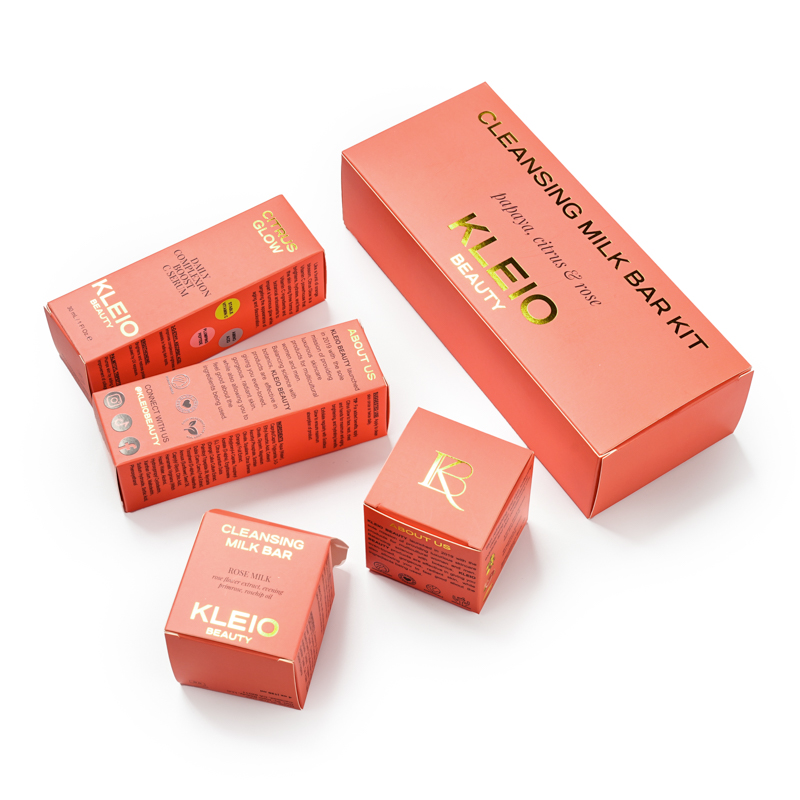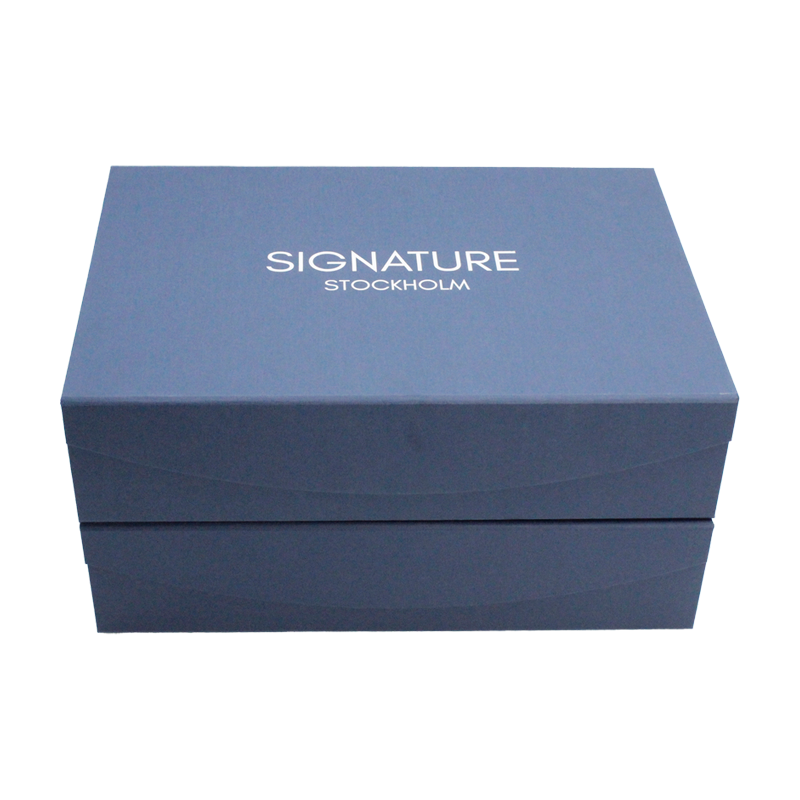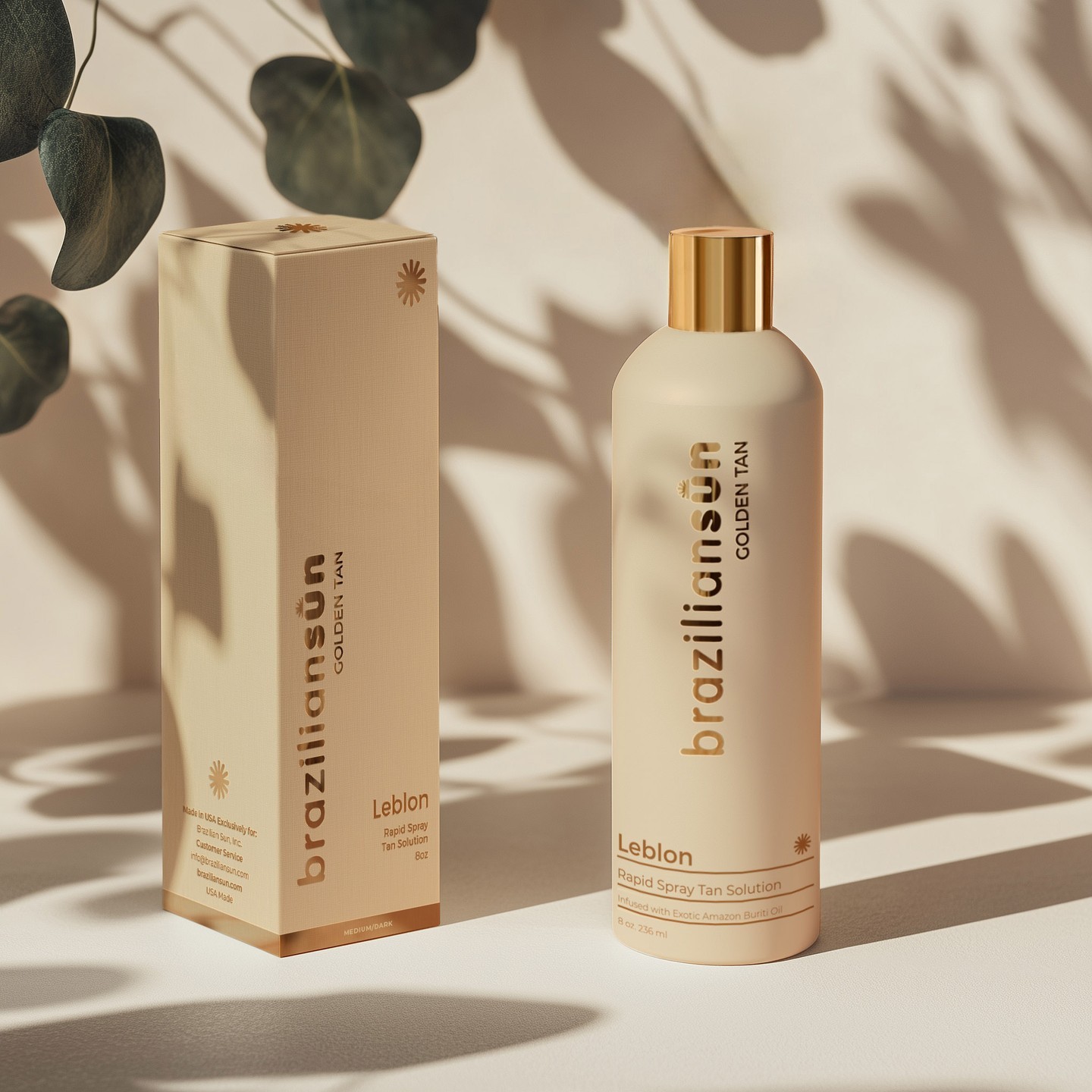Table of Contents
When it comes to creating packaging that not only protects but also enhances the customer experience, custom box inserts play a crucial role. These inserts ensure that your products remain secure and organized during shipping while elevating the unboxing experience. Despite their importance, designing effective custom inserts can seem like a daunting task. However, by considering a few key factors, you can create inserts that not only protect your products but also align with your brand’s aesthetic and functionality goals.
Custom box inserts come in a variety of materials, such as paper, foam, pulp, and corrugated board, each with unique characteristics that make them suitable for different types of products. Whether you are protecting fragile glass items or organizing multiple smaller products, the right insert can make all the difference. In this article, we will walk you through the most important considerations for designing custom box inserts, ensuring that your packaging is both protective and visually appealing.

1. Assess the Weight of Your Products
One of the first considerations when designing custom box inserts is your product’s weight. The type of insert material you select will largely depend on the weight of your items, as it must provide adequate support to ensure the product remains secure during transport.
For lighter items, you can use materials like paper-based inserts, which are flexible and cost-effective. These can easily hold the products in place without requiring too much structural support. However, for heavier items, more robust materials like foam or corrugated board are essential. These materials are stronger and can absorb shock, preventing damage to your products during shipping.
For example, if you’re packaging delicate glassware, foam inserts provide the necessary cushioning to prevent breakage. On the other hand, for smaller or lighter items such as skincare bottles, paperboard inserts may be sufficient to hold the products in place while reducing excess bulk in the box.
2. Evaluate the Fragility of Your Products
Along with your product’s weight, its fragility is another critical factor to consider when choosing materials for your custom box inserts. Fragile items require additional protection, and the right insert will help cushion them and prevent them from shifting within the packaging.
Custom box inserts can be designed to prevent products from colliding with each other or the walls of the box, providing an extra layer of protection. For fragile items such as glass, ceramics, or electronics, inserts made from foam or molded pulp are ideal as they offer superior impact resistance and cushioning. These materials help absorb any shocks or bumps the package may experience during transit, reducing the risk of damage.
On the other hand, if you are packaging non-fragile items such as clothing or other soft goods, a simple paper insert or even tissue paper may suffice. These materials can help keep the products organized without requiring too much impact resistance.
3. Consider the Purpose of Your Packaging
The purpose of your packaging will also influence the design of your custom box inserts. Is your packaging intended for shipping, or is it for retail display? Understanding the primary purpose of your packaging will help you choose the right materials and design features for your inserts.
If your product is being shipped, you’ll need packaging that offers more robust protection against external impacts. This is where foam inserts, corrugated paperboard, or molded pulp come into play. These materials are ideal for protecting products from shaking, bumps, and other transportation-related risks.
However, if your packaging is primarily for retail display, you may have more flexibility. Packaging for in-store products may not need as much protection, and you can use lighter materials for your inserts. For example, a luxury gift box may feature a simple tissue paper or decorative insert to hold the product in place while enhancing the overall presentation.
Therefore, it’s essential to consider the primary function of your packaging to select the appropriate insert design and material that meets your needs.
4. Account for Packaging Space and Product Dimensions
When designing custom box inserts, the size of your products will impact the overall dimensions of the packaging. Packaging space should be optimized to ensure that the inserts hold the products securely, preventing any movement during transport or handling.
If you have multiple items in one package, it’s essential to account for the required buffer space between products. This will ensure that the products don’t collide and potentially damage each other. However, this additional space also means you may need a slightly larger exterior box, which can impact the overall cost and material usage.
Materials such as foam can be cut to fit snugly around your product, offering excellent protection, but the thickness of the foam must be carefully considered to prevent wasting space or materials. For paper-based inserts, thinner walls may be necessary, but they come with the risk of tearing or lacking sufficient protection. Therefore, the material and thickness of the insert should match the required protection level for your product size and weight.
In cases where you have limited space, it may be necessary to use more creative methods to arrange the products efficiently. A “tetris-like” approach may help you maximize the available space while still ensuring that each item is properly protected.
5. Determine the Placement and Weight Distribution of Your Products
When designing custom inserts, it’s important to consider how the products will be placed inside the box. Proper weight distribution is essential for maintaining the stability of the packaging and ensuring that it doesn’t collapse or lose its structure during handling.
By placing heavier items at the bottom of the box and lighter items at the top, you can help distribute the weight more evenly. This approach will also reduce the risk of the box tipping over or becoming unbalanced during shipping.
Additionally, the placement of your products within the insert affects the amount of space they occupy, and improper placement can result in wasted space or insufficient protection. Ensure that the insert design allows for optimal product placement that both protects the items and maximizes available space.
6. The Importance of Aesthetic Design in Custom Box Inserts
While functionality and protection are paramount when designing custom box inserts, aesthetics should not be overlooked. Custom inserts offer an excellent opportunity to enhance your brand’s visual identity and create a memorable unboxing experience for your customers.
Inserts can be designed with various color schemes, branding elements, and textures to elevate the product presentation. For instance, luxury brands often use foam inserts with branded logo prints, or custom-printed paper inserts to make the packaging feel more premium. These additional design elements can help reinforce your brand’s values and make the unboxing experience more enjoyable.
Custom inserts can also be used to add small personal touches, such as a thank-you note or product care instructions, which not only enhance the unboxing experience but also help foster a stronger connection between the customer and the brand.
7. Cost-Effectiveness and Sustainability of Custom Inserts
While custom box inserts can be an excellent way to enhance your product packaging, it’s essential to strike a balance between quality and cost-effectiveness. Premium materials like foam and custom-cut inserts may be more expensive, and brands need to consider how to achieve the desired look and protection without exceeding their budget.
One approach to minimizing costs is to use fewer or simpler materials where possible, without compromising the protection needed for your product. For example, a combination of a sturdy corrugated insert and a small foam cushion may offer an effective, cost-efficient solution.
Additionally, sustainability is becoming an increasingly important consideration for many consumers. By choosing recyclable or biodegradable materials, you can reduce the environmental impact of your packaging while still offering an elegant and functional design. Using materials such as recycled paperboard or sustainable foam alternatives can help meet the growing demand for eco-friendly packaging.
Closing Thoughts
Designing effective custom box inserts requires careful consideration of various factors, such as product weight, fragility, packaging purpose, and space requirements. By selecting the right materials, ensuring proper product placement, and prioritizing both protection and aesthetics, you can create packaging that not only keeps your products safe but also enhances your brand’s image.
Whether you’re looking to create a premium unboxing experience or simply improve the functionality of your packaging, custom inserts offer a valuable solution. With the right approach, you can elevate your packaging to reflect the quality of your products while delighting your customers. Explore custom box insert options today and take your packaging design to the next level!
FAQs
1. What is the best material for custom box inserts?
The best material for custom box inserts depends on your product’s weight, fragility, and the packaging’s intended purpose. For fragile or heavy items, foam or corrugated materials are ideal. For lighter items, paperboard or pulp can provide sufficient support. Always consider the balance between protection, cost, and sustainability when selecting materials.
2. Can custom box inserts be used for multiple products?
Yes, custom box inserts can be designed to hold multiple products in one package. Depending on the products’ sizes and fragility, you can use inserts to keep items separated and protected from each other. Custom inserts can be tailored to fit a variety of product configurations, ensuring everything is securely held in place.
3. How can custom box inserts improve the unboxing experience?
Custom box inserts not only protect your products but also enhance the unboxing experience by creating a well-organized and visually appealing presentation. By incorporating branding elements, textures, and personalized touches, you can make the unboxing process feel more luxurious and memorable, strengthening the emotional connection with your customers.

